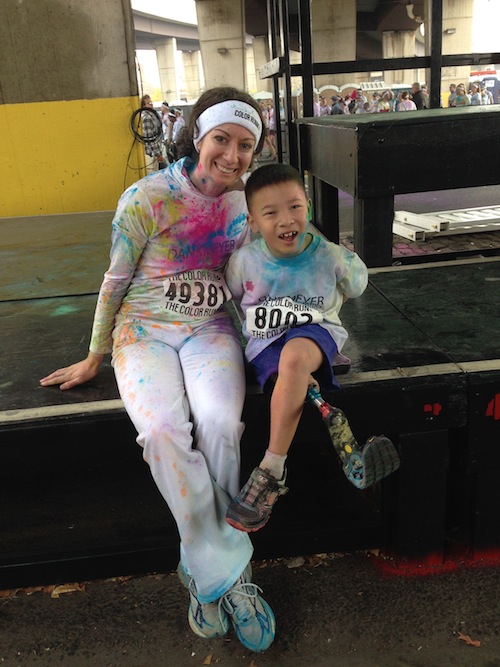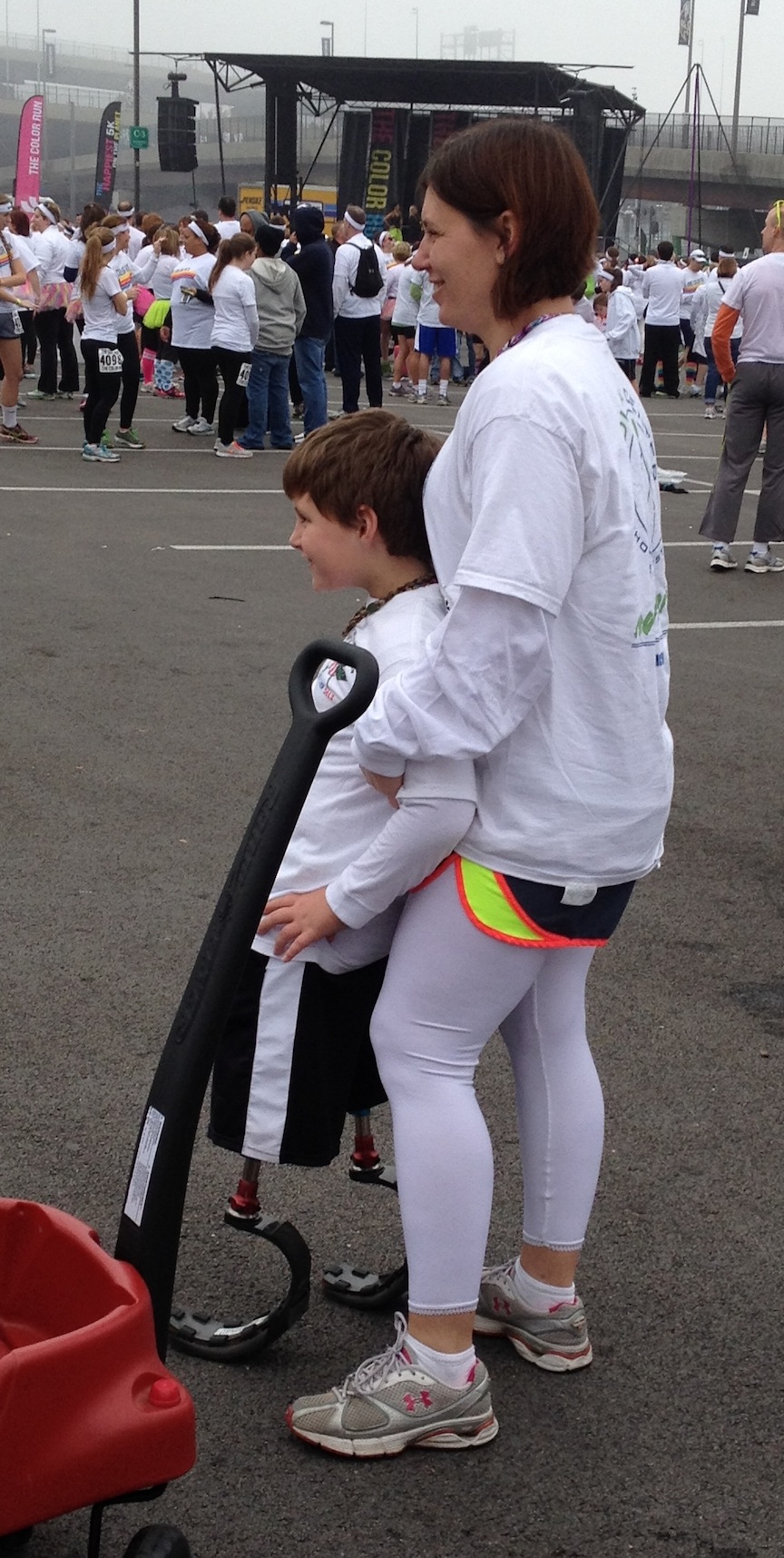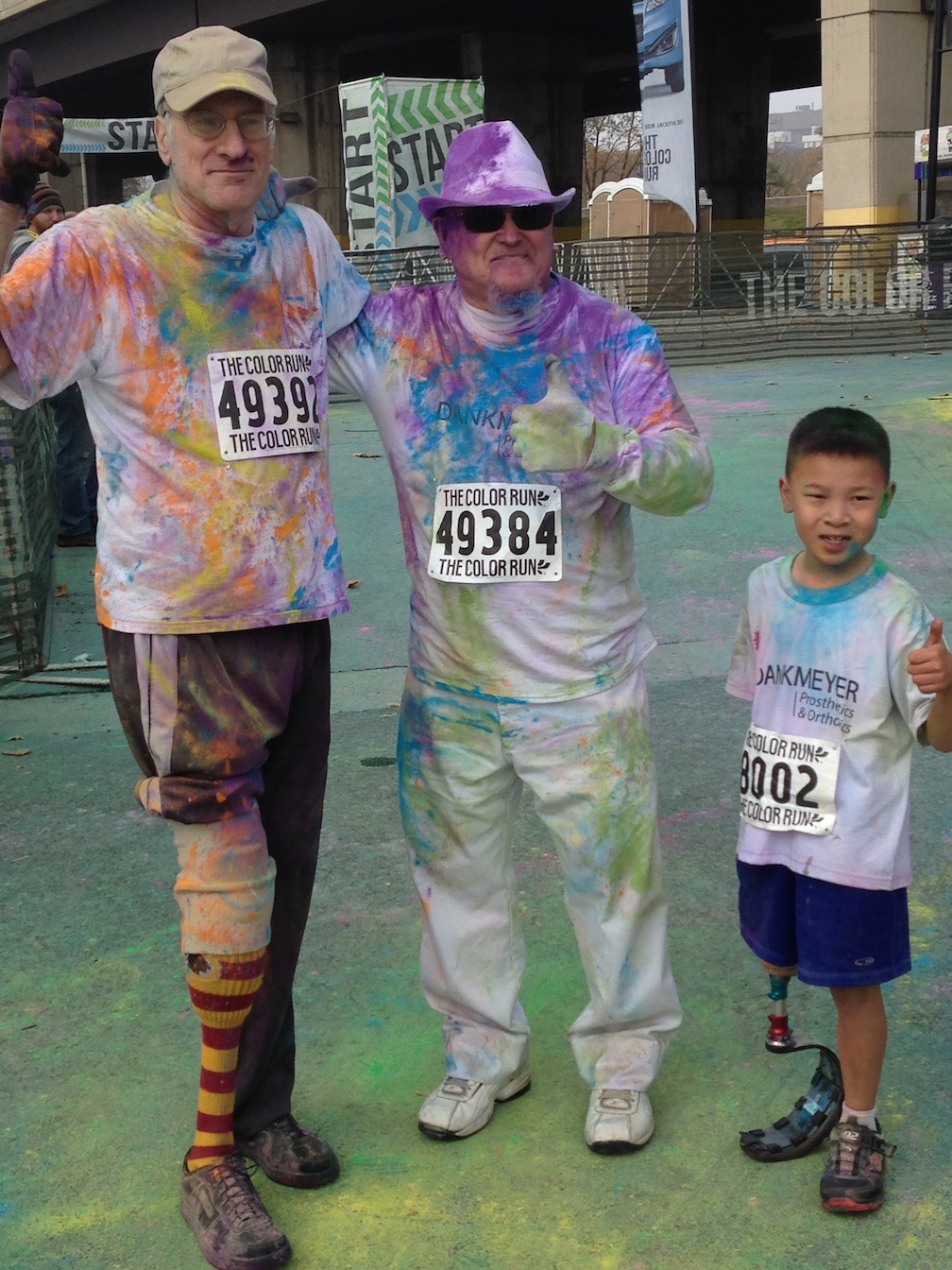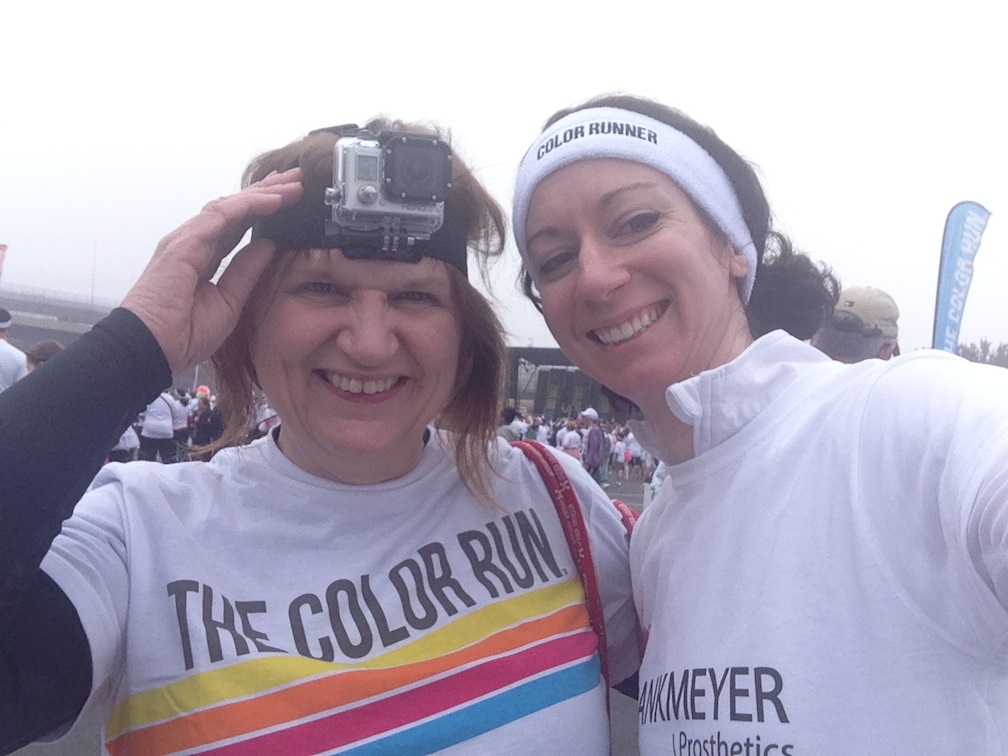WASHINGTON, DC - OCTOBER 2, 2013—During the American Orthotic & Prosthetic Association’s (AOPA) 2013 O&P World Congress in Orlando, Florida, AOPA members elected Charles H. Dankmeyer Jr., CPO to the executive position of President-Elect of AOPA.
AOPA President Tom Kirk, Ph.D. congratulated Mr. Dankmeyer and welcomed his expanded role on AOPA’s Executive Committee saying, “We are proud to have Charlie, an accomplished member of the O&P community, named as my successor during this important time for O&P. The Committee is working tirelessly in the face of many threats on the state and national level to ensure that patients have access to quality care. The knowledge and experience Charlie brings with him makes him a vital contributor to AOPA’s advocacy efforts for O&P.”
AOPA, based in Alexandria, Virginia, is the largest non-profit organization dedicated to helping orthotic and prosthetic businesses and professionals navigate the multitude of issues surrounding the delivery of quality patient care. The association was founded when needs of returning veterans in the aftermath of World War I required a national organization to address the educational and research requirements of the industry.
American Orthotic & Prosthetic Association 330 John Carlyle Street, Suite 200
Alexandria, VA 22314 • Phone: 571/431-0876 • Fax: 572/431-0899
www.AOPAnet.org














